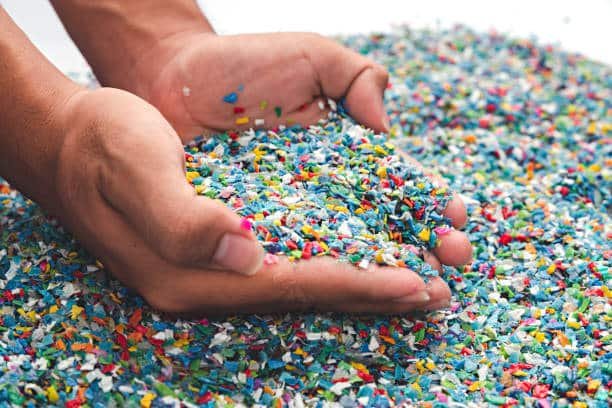Polyvinyl Chloride vs Polypropylene: A Deep Dive Into Two Versatile Plastics
The use of plastic materials transformed modern industries through PVC as well as PP while they exhibit distinctive features in several industrial sectors. PVC and PP function with comparable objectives yet possess distinguished properties and associated benefits and limitations and normal usage domains. The selection of appropriate materials remains essential for developing consumer goods and constructing infrastructure while making industrial packagings. You will find an in-depth study of polyvinyl Chloride vs polypropylene in this paper to assist your comprehension of their specific qualities and industrial applications.
What is Polyvinyl Chloride (PVC)?
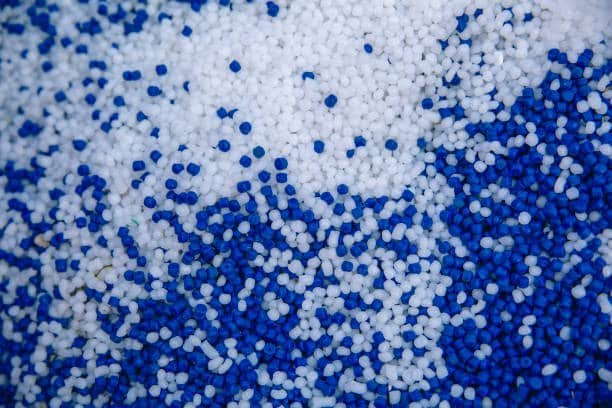
The synthetic plastic PVC stands out as both the oldest and most manufactured thermoplastic polymers. People call it Polyvinyl chloride, one of the most widely used thermoplastics, using its abbreviation PVC. Industrial applications of PVC started to expand after its discovery during the 19th century until the beginning of the 20th century, largely influenced by various thermoplastic manufacturing methods . A durable versatile thermoplastic material composed of vinyl chloride monomer which results from the polymerization of vinyl chloride monomer stands as PVC.
What is Polypropylene (PP)?
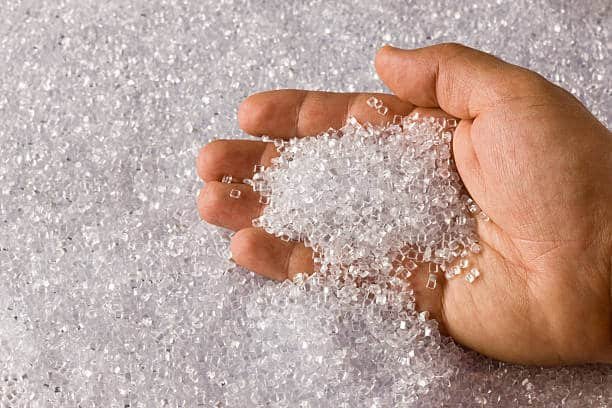
The production of Polypropylene (PP) began in the 1950s following the creation of this highly popular thermoplastic used in medical packaging . The production of PP occurs through the polymerization process for propylene monomers. PP showcases excellent plastic chemical safety resistance along with fatigue resistance and lightweight composition which makes it denser than numerous alternative plastic materials, making it suitable for medical devices .
Mechanical Properties: Strength and Flexibility
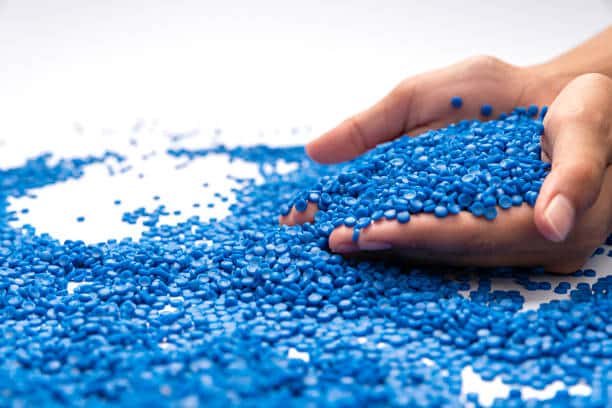
The mechanical properties of PVC and PP include different strengths, such as tensile strength, and properties that show excellent resistance and distinct positive characteristics.
The material strength of rigid pvc, which contains chlorine atoms, reaches its peak in the unplasticized version (uPVC) along with high structural rigidity. The material demonstrates strong tensile properties and high pressure tolerance which fits pipes and frames as construction materials, including electrical insulation application . The brittleness of PVC intensifies as temperature declines unless producers implement special formulas during manufacturing.
Chemical Resistance and Durability
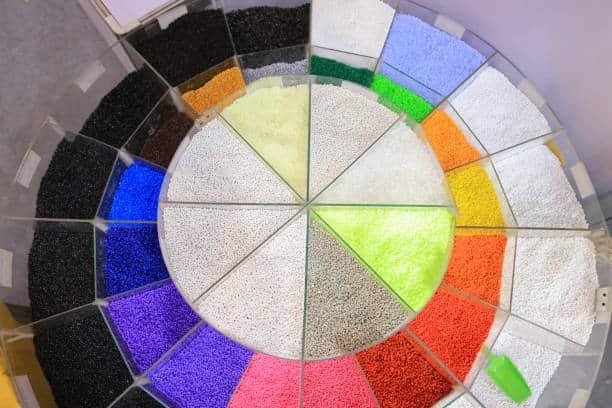
PVC and PP maintain strong chemical resistance to their materials however they demonstrate specific medium distinctions.
The chemical composition of PVC provides superior resistance against acids along with salts bases fats and alcohols but it shows limited durability against solvents especially those belonging to the ketone and aromatic hydrocarbon groups, making it a more attractive material in certain application . The degradation of PVC over time becomes possible through UV radiation exposure in combination with extreme temperature conditions until protectant additives such as stabilizers are applied, making recycling pvc more challenging .
The chemical resistance of polypropylene reaches top marks against numerous organic solvents as well as acids and bases in a wide spectrum. Its strong resistance to solvents makes polypropylene pipes suitable for use in laboratory equipment together with chemical storage containers. Polypropylene, which is known to withstand higher temperatures, exceeds PVC at heat resistance because its melting range sits between 130–170°C while PVC has a broader melting range of 100–260°C.
Environmental Impact and Recycling
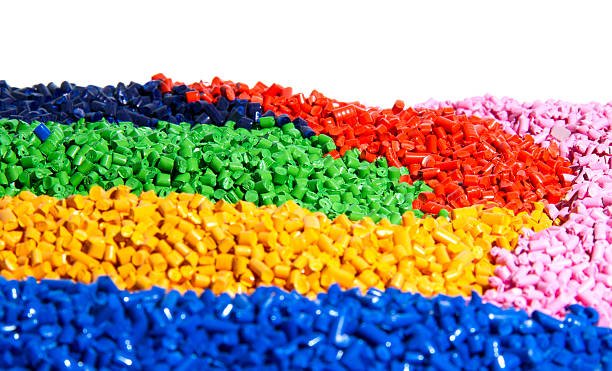
Protection of our environment becomes a pressing issue due to plastics and PVC and PP show distinct environmental effects, raising concerns for environmentally conscious companies .
Scientific communities have questioned PVC because it includes chlorine alongside heavy metal stabilizers that might release dangerous substances during production and product lifetime and disposal. The procedure of burning PVC produces toxic dioxins that only become harmless through proper control methods. The process of PVC recycling is more challenging than normal plastic recycling operations thus restricting widespread material reuse.
The general opinion states that polypropylene exhibits better environmental benefits regarding environmental and chemical degradation . The substance has no chlorine element and produces reduced hazardous byproducts during manufacturing processes, contributing to its relatively low cost . PP provides easy recyclability and manufacturers make increasing use of it when creating recycled products for consumers, including mechanical recycling option . Plastics present issues for degradation in environmental conditions equally to all types of plastic products, leading to research into alternative materials .
Cost Considerations
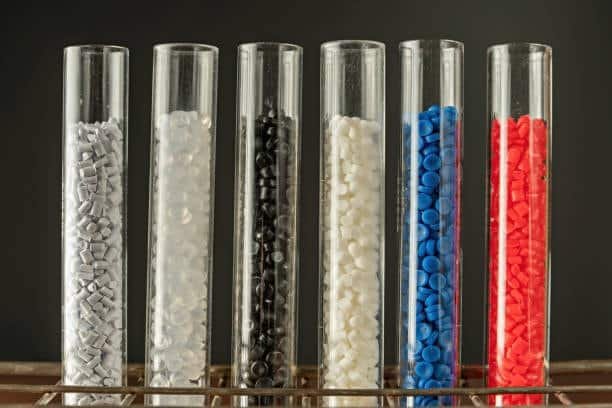
The reasonable price of PVC, which is a strong but brittle material, and PP compared to high-performance plastics becomes a crucial selection factor.
Despite being somewhat more expensive than polypropylene, PVC comes with lower costs than lightweight compared polypropylene when manufactured as rigid products. The combination of low cost compared to other options and excellent mechanical properties makes PVC highly appealing to industries that perform construction and plumbing activities.
PP becomes cost-effective over time although its price per kilogram exceeds PVC because it maintains long service life and lightweight properties and resists different chemicals effectively. The affordability of polypropylene shows in disposable products such as various packaging types.
Health and Safety Issues
The main health worries regarding plastics, including other commercially viable plastics, stem from their manufacture ingredients together with their capacity to pass chemicals into products during usage.
The use of PVC products comes with risks because the flexible pvc forms with phthalates and components previously used tend to ease out chemical compounds towards environmental materials and human body structures when specific situations occur, while good chemical resistance is a notable advantage of polypropylene . During disposal and incineration, along with grinding pvc, the chlorine composition of PVC creates environmental issues.
Studies demonstrate that polypropylene keeps it safe to use for food contact applications, including beverage packaging, and medical equipment needs. The chemical composition of this material remains stable when used properly and thus manufacturers choose it to produce food containers and medical supplies and baby bottles.
Typical Applications of PVC
VPC’s wide application range has made it a core material among multiple industries including:
- Construction: pipes, window frames, flooring
- Healthcare: blood bags, tubing
- Consumer Goods: credit cards, raincoats, shoes
- Electrical: cable insulation, conduit
Its multiple attributes of durability alongside physical properties, weather resistance, and affordability make the substance challenging to substitute in structural applications.
Typical Applications of Polypropylene
Polypropylene’s robustness and chemical resistance open doors to various industries:
- Packaging: food containers, bottle caps
- Automotive: bumpers, battery cases
- Textiles: rugs, thermal underwear
- Medical: syringes, pill containers
The industrial demand for hygiene and chemical resistance applications increases because polypropylene offers both safety features with its light weight.
Key Differences at a Glance
PVC exhibits greater stiffness than PP and both materials exhibit polymer chains and polymer nature, unlike other plastics, yet their essential comparison points boil down to this:
- The material rigidity varies between PVC since it exhibits stiffness whereas PP demonstrates flexibility.
- The solvent resistance of PP extends beyond PVC despite having similar overall chemical resistance.
- PP stands as a materials type with fewer adverse environmental effects when compared to PVC.
- The consumption of PP produces better safety outcomes than PVC does for food-related purposes and medical applications.
- The initial cost of PVC tends to be less expensive than that of PP.
- PP demonstrates superior resistance to heat since it melts at higher temperatures than PVC.
Businesses can make well-informed choices by comprehending crucial distinctions between PVC and PP.
結論
The polyvinyl chloride material together with polypropylene plastics demonstrate distinct benefits and limitations in their characteristics, considering both rigid and flexible forms . PVC delivers its advantages through its affordability combined with rigidity and applications in construction, electrical wires, and electricity. Polypropylene proves to be superior over other options in food applications because of its environmental and safety properties as well as chemical resistance and flexibility in healthcare fields.

